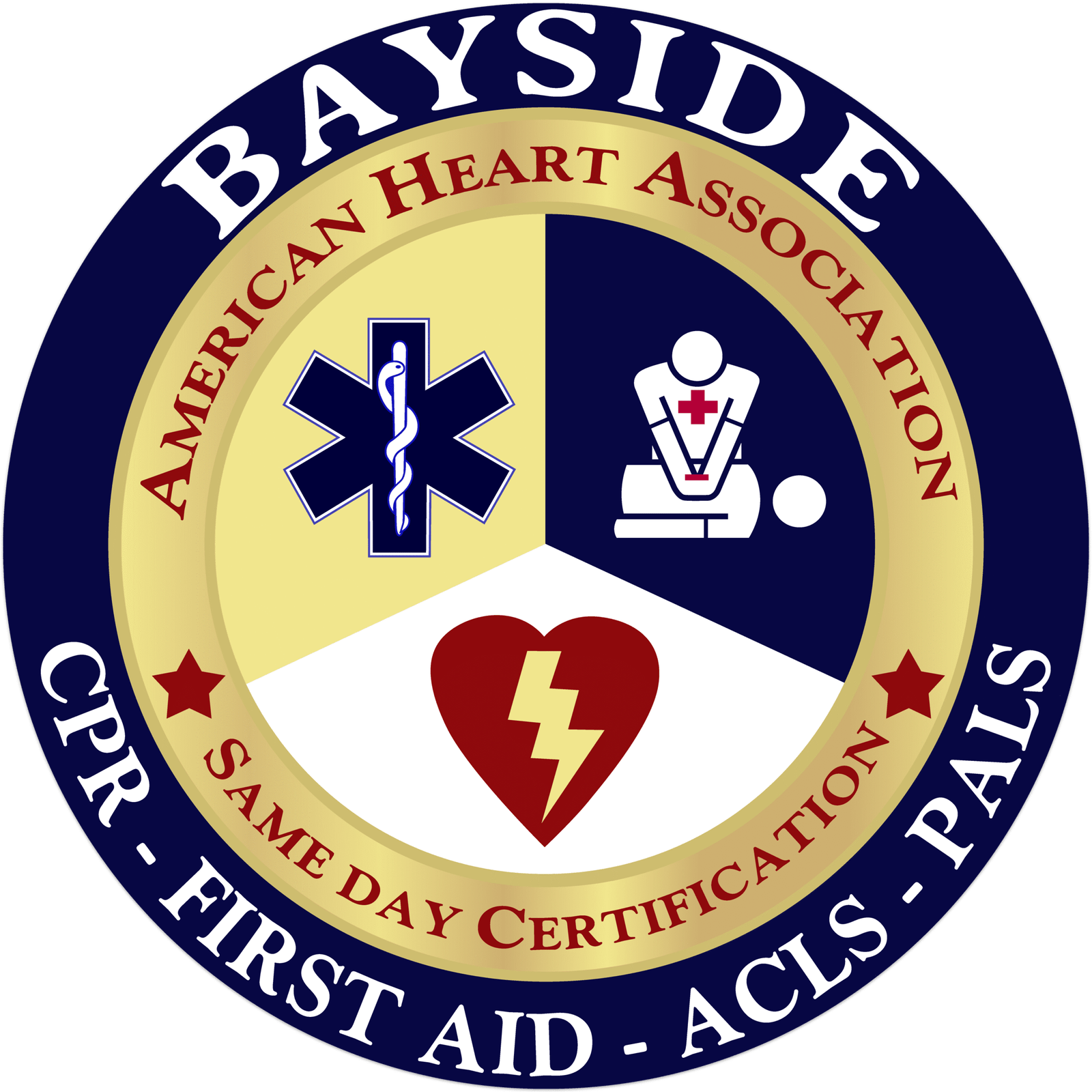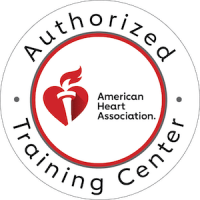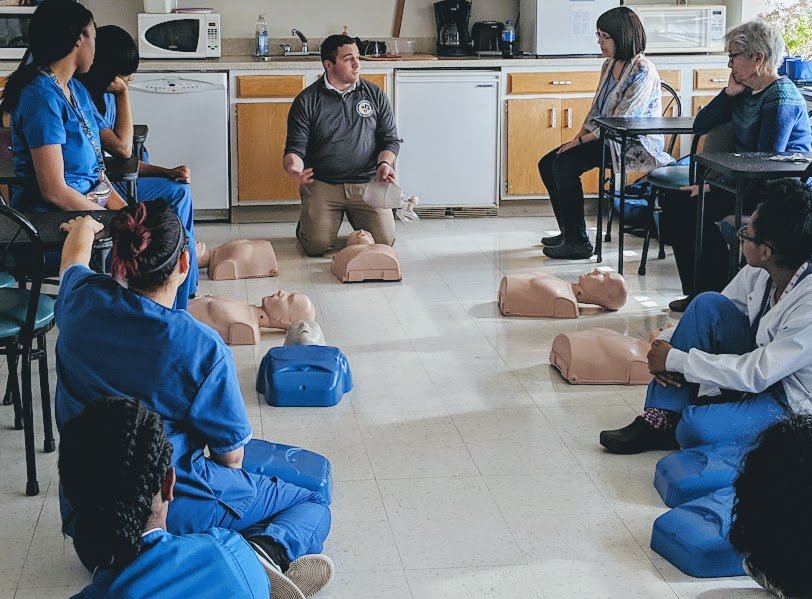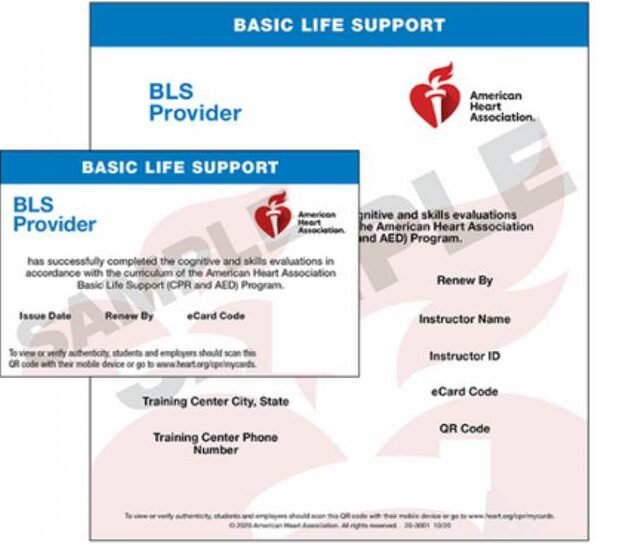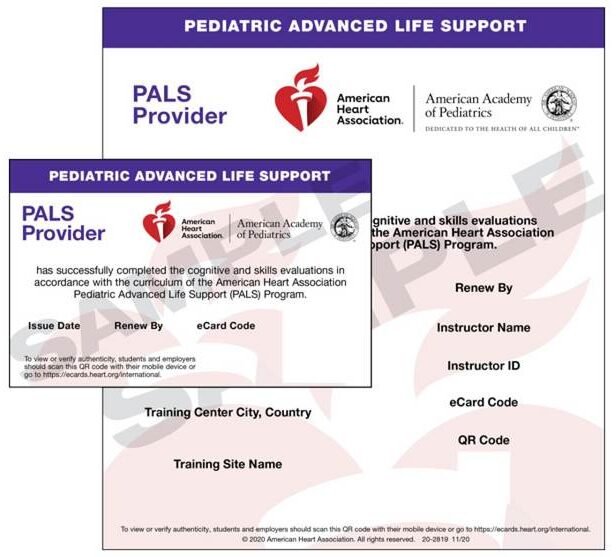When it comes to emergency medical training, ACLS (Advanced Cardiovascular Life Support) and BLS (Basic Life Support) are two key certifications that offer you life-saving skills. They both focus on emergency care but still differ in terms of purpose and complexity. Where BLS covers essential skills like CPR and AED usage, ACLS involves advanced procedures like cardiac rhythm interpretation and medication administration. Understanding these differences is essential for anyone, as cardiac emergencies arise anywhere, anytime. Follow this guide to get insights about the differences between ACLS and BLS, certifications, and their importance in such critical conditions.
What is BLS certification?
BLS stands for Basic Life Support. It is the foundational level of emergency care training and is designed for both medical professionals and the general public.
It includes:
- Recognizing emergencies: Understanding the signs of life-threatening conditions.
- CPR (Cardiopulmonary Resuscitation): Involves doing chest compressions and providing artificial ventilation to keep the brain working until advanced steps can be taken to restore normal breathing and blood flow.
- AED (Automated External Defibrillator): These devices are used to detect abnormal heart rhythms and deliver a shock to the heart, helping it return to a normal rhythm
Basic Life Support teaches you how to keep someone alive until more advanced medical care arrives, and understanding effective team dynamics in BLS plays a key role in making those efforts as efficient and coordinated as possible. It’s an essential life-saving skill for everyone, trained or untrained.
What is ACLS certification?
ACLS stands for Advanced Cardiovascular Life Support. It involves more advanced techniques than BLS, making it a more specialized certification course that is required for healthcare professionals. Doctors, nurses, paramedics, emergency room staff, and physician assistants must complete ACLS training, as well as understand how many CEUs you can earn from ACLS certification and renewal.
It includes:
Fundamental Skills (Advanced BLS)
ACLS training starts with a strong foundation of the life-saving skills covered in BLS. These fundamental techniques are crucial for emergency care, and ACLS enhances them with advanced strategies that require thoughtful preparation—especially when learning how to prepare for the ACLS certification exam.
- Chest Compressions, Bag-Mask Device, and AED Use: These are key life-saving techniques taught in BLS. In ACLS, you build on these basics by learning to manage more complex situations and using advanced equipment.
- Recognition and Management of Respiratory and Cardiac Arrest: The ability to identify and respond to cardiac and respiratory arrest is fundamental in BLS, and ACLS takes this further with more detailed protocols for handling arrest situations in critical care settings.
- Airway Management: Both BLS and ACLS emphasize the importance of airway management. ACLS expands this skill by introducing advanced airway techniques such as endotracheal intubation.
- Effective Communication and Coordination: In BLS, communication is key during emergencies. ACLS further develops these skills by focusing on how to lead and work as part of a resuscitation team in high-pressure environments.
Advanced Skills
Once you have mastered the foundational skills, ACLS takes your emergency response capabilities to the next level with the following advanced skills:
- Intravenous Access (IV): Establishing IV lines is crucial for administering emergency medications quickly, which is vital in the treatment of critical conditions.
- Endotracheal Intubation: In ACLS, you learn how to perform intubation, which involves inserting a tube into the trachea to secure the airway and deliver oxygen, especially in patients experiencing severe breathing difficulties.
- ECG (Electrocardiogram) Monitoring: ACLS teaches you how to use ECGs to continuously monitor the heart’s rhythm, helping you detect dangerous arrhythmias and decide on appropriate treatments.
- Pharmacological Interventions: ACLS introduces advanced pharmacological treatments, including medications to manage irregular heart rhythms, support the heart, and treat other acute conditions.
- Rapid Assessment and Management of Trauma and Medical Emergencies: With ACLS, you gain the skills to quickly assess and treat life-threatening medical conditions such as heart attacks, strokes, and trauma with advanced knowledge and techniques.
ACLS is intended for healthcare professionals who are directly involved in advanced emergency care, such as emergency room nurses, paramedics, and doctors.
ACLS Vs BLS Certification
Both ACLS and BLS certifications play a critical role in saving lives during cardiac emergencies. They only differ in the level of care provided to the patient. However, understanding these differences helps us choose the certification course that best fits our needs. So let us go through the key differences between these two emergency training course certifications:
| Category | BLS | ACLS |
| Level of Training | Basic | Advanced |
| User Group | General Medical Personnel, public | Experienced healthcare providers |
| Course | CPR, AED, choking relief | ECGs, medications, airway management |
| Requirement | No medical background required | Requires BLS certification or basic medical training |
Both ACLS and BLS certifications have a validity period of two years. After this time, healthcare professionals must complete a recertification course to renew their credentials. This process helps healthcare providers stay updated with the newest and most effective practices in both basic and advanced life support, ensuring high standards of patient care during emergencies. Recertification is essential as medical guidelines and technologies keep evolving, and regular renewal helps prevent skill degradation for these lifesaving techniques.
Real-World Applications of BLS vs. ACLS
Understanding how BLS and ACLS skills are applied in real-world scenarios can help clarify their importance and encourage proper training. Here’s how each type of support is typically used:
Applications of Basic Life Support (BLS)
BLS skills are often employed in common public and home settings, making them crucial for a wide array of individuals:
Home Emergencies: BLS can be the difference in saving a family member experiencing a sudden cardiac arrest or choking.
Public Venues: Trained individuals in BLS are vital in places like schools, malls, and stadiums, where they can provide immediate assistance before professional medical help arrives.
Workplace Incidents: BLS training in occupational settings, particularly in high-risk environments like construction sites, helps employees manage medical emergencies until further assistance is available.
Advanced Cardiac Life Support (ACLS)
ACLS skills are designed for more complex medical environments and situations, requiring a higher level of training:
Hospitals and Emergency Rooms: ACLS is critical for handling severe emergencies such as acute heart attacks and strokes, where advanced interventions like drug administration and intubation may be necessary.
Ambulance Services: Paramedics and emergency medical technicians use ACLS to stabilize patients in transit, employing techniques like IV medication administration and ECG monitoring.
Specialized Medical Units: In intensive care units (ICUs) and emergency departments, ACLS training equips the healthcare profession to manage and stabilize critically ill patients.
Which certification should I choose?
The right certification depends on your role and level of responsibility in patient care. BLS is ideal for individuals seeking foundational life-saving skills, including CPR and AED usage, whether you’re in healthcare or a public-facing role. ACLS is designed for licensed healthcare professionals who manage advanced cardiac emergencies in clinical or hospital settings. These courses give you the skills to respond fast and effectively when an emergency arises.
Final Thoughts: ACLS and BLS
BLS and ACLS equip individuals with the essential skills needed to make significant differences in life-threatening situations. These training programs teach you how to perform CPR, use an AED, manage choking, and provide support for people experiencing cardiac arrest, stroke, or other serious medical conditions. With this knowledge, you take quick and confident action when every second counts. Whether you’re helping a stranger, a coworker, or a loved one, your quick and immediate response makes a significant difference in their chances of survival.
Get ACLS and BLS Certified at Bayside CPR
Now that you know the difference between BLS vs ACLS, you can determine for yourself which is the right level of training for you. Once you decide, remember to come back here at Bayside CPR to sign up for our ACLS or BLS courses.
